Nestled in the heart of Central Europe, Slovenia is a land steeped in history, tradition, and artistic expression. From its diverse landscapes blending Alpine, Mediterranean, and Pannonian influences to its resilient cultural identity forged through centuries, Slovenia offers a captivating journey into its essence. Cultural identity has always been central to Slovenia's nation-building, from language and religion to culinary customs and communal warmth.
Join us in this article as we journey through the different strands, shades and tastes that define Slovenian culture through the unique stories, traditions, and experiences it has to offer.
Table of Contents
Influences on Slovenian Culture
Slovenia's cultural identity is a rich tapestry woven from diverse strands, including influences from Slavic, German, Italian, and Austrian heritage. This unique blend has evolved over centuries, adapting to the realities of modern-day immigration and globalisation.
Slovenians are keenly aware of their position as a bridge between Eastern and Western Europe despite their cultural identity being deeply rooted in their central European heritage. Historical influences from the Habsburg Empire, the Holy Roman Empire, the Austrian Empire, Austria-Hungary, and Yugoslavia richly inform the country's heritage, the capital, Ljubljana, being a cultural hub and home to several UNESCO World Heritage Sites.
On the other hand, the landscape significantly informs Slovenia's regional culinary cultures, traditions and festivals, the European Alps, the Karstic Dinaric Alps, the Pannonian and Danubian lowlands and hills, and the Mediterranean coast shaping the contours of its topography.
Slovenia's cultural landscape is as much shaped by the spirit of its people, who are known for their hospitality, punctuality, and respect for their environment, as by its geography and history. With a strong sense of national identity transcending regional and local differences, the country has successfully developed a balanced relationship between its Slavic culture and Western influences while maintaining a strong sense of its distinct identity.
Read This Article On: A Deep Dive into Slovenian Culture and Religion
People, Family and Community
In Slovenian culture, family life is central to the social structure. While the traditional extended family orientation is slowly changing, the family remains a strong and prevailing institution. The average age for a first marriage is generally lower than in Western European countries, and marriage is considered a significant part of an individual's life.
Despite the shift towards nuclear families in urban areas, rural areas may still have multiple generations living together in one home. The sense of "home" is highly valued, and Slovenians often engage in home-based activities, considering their home and its surroundings as an extension of themselves.
Slovenians highly care about their immediate environment and take steps to maintain it through regular practices, such as sweeping paths and keeping streets and parks clean. This testifies to the importance of the home and its surroundings in Slovenian culture.
Although women constitute 45% of the Slovenian workforce, the prevalence of patriarchal norms means they are mostly constrained to fields such as cultural and social welfare, public services and administration, as well as the hospitality industry. They are also often expected to manage household responsibilities alongside their professional pursuits.
Language and Communication
Slovenia is home to a multilingual population, with Hungarian and Italian recognised as co-official languages. Although Slovene is the official and most widely spoken language, there are over 32 distinct dialects, categorisable into seven broader dialect groups, due to the proximity with neighbouring nations and isolated language development in mountainous regions.
Additionally, Croatian and Serbian are widely spoken, mostly among immigrant groups hailing from former Yugoslavian neighbours and their descendants. Additionally, acquiring foreign languages is highly encouraged in Slovenia, with English, German, Italian, French, and Spanish being the most popular.
Slovenians tend to communicate in an indirect and non-confrontational style. They avoid expressing negative opinions directly and may appear vague or non-committal to prevent conflict. It is culturally seen as impolite to raise one's voice, interrupt others during conversation, openly criticise people or speak over them. Public displays of anger are rare in Slovenian society, with individuals typically maintaining a calm and composed demeanour.
Food
Slovenian cuisine reflects the country's varied climate and geographical location at the intersection of different topographies, nationalities, and ethnicities, influenced by the tastes of the Mediterranean, the Balkan, and Central Europe. Each of the country's 24 gastronomic regions boasts its unique dishes and flavours, with every chef and household adding their unique spin on traditional dishes.
Of the chief culinary attractions are the Idrijski žlikrofi, the EU-protected regional dumpling dish originating in the mining town of Idrija, stuffed with a potato filling mixed with sauteed onions. The Ajdovi žganci, or buckwheat spoon bread, is a simple dish prepared by dry frying buckwheat flour.
The prekmurska gibanica, a speciality of Slovenia's northernmost city, Murska Sobota, is a pastry filled with cottage cheese, poppy seeds, walnuts, and apples. Among festive foods are potica, a delicious dessert with various fillings, and traditional braided loaves served for Christmas.
Slovenia is also famous for its authentic vine and honey production methods. Local festivals, contests, and workshops like the Grossmann Fantastic Film & Wine Festival, the Chocolate Festival in Radovljica, and the Old Vine Festival in Maribor are held throughout the year to exhibit, promote, share and preserve the tradition of local production methods in private estates and households.
You Might Be Interested In: Best Slovenian Food in Ljubljana You Must Try
Festivals
Although Easter and Christmas are prime festive periods in the Slovenian annual calendar, Slovenians have wonderfully combined these Christian holidays with native Slovene pagan and folk culture, the streets of cities and towns across the country filling up with markets, feasts, processions, and choirs.
The Kurentovanje festival is a pre-Lentian parade rooted in folklore and pagan fertility rites, in which the mythical figure Kurenj courses through the streets in a figurative act of summoning spring. The Kravji Bal or 'Cows' Ball' in Bohinj, marked by pastoral singing and dance, celebrates the return of cattle and cowherds to the valleys. The ethnological Idrija Lace Festival celebrates the town's lace-making heritage and has received the patronage of UNESCO Director-General Audrey Azoulay.
Festivity is second nature to Slovenians, and even outside the major cities, other regional folkloric festivals prevail in their unique way, such as in small towns like Kamnik and Škofja Loka.
The Arts
Slovenians highly regard culture and the arts, which they consider central to their national identity. The rich mosaic of Slovenian culture is a great deal informed by the sister arts of literature, music, dance, film and theatre.
Literature
Slovenian literature emerged in the 16th century through the works of Primož Trubar and other Protestant Reformers who standardised the language from various dialects. However, the pinnacle of Slovenian poetry arrived with 19th-century Romantic poet France Prešeren, regarded as the national poet of Slovenia.
France Prešeren's epic poetry inspired virtually all subsequent Slovene literature, and his patriotic verse was integral to Slovenian nation-building and national identity during Independence. The national poet also has a town square (Prešeren Square in Ljubljana), the highest national literary award (Prešeren Prize), and an annual fair (Prešeren fair) in his name.
The day of his departure, February 8, is celebrated as a nationwide Culture Day, a national holiday during which Slovenians visit museums, attend literary fairs and fill the streets with various displays of artistic talent.
Other notable Slovenian writers include Ivan Cankar, France Prešeren, Boris Pahor, and Svetlana Makarovič.
Music
Slovenia's musical legacy encompasses a broad spectrum, from traditional folk tunes to contemporary genres. Events like the Ljubljana Summer Festival and Lent Festival highlight this rich musical tradition. Significantly, the now-historical Slovenska Popevka festival, spanning from 1981 to 2000, played a pivotal role in shaping Slovenian music, historically known for bringing rock music across the Iron Curtain from the West to the Slovenian and Yugoslav audiences.
Theatre
Slovenia boasts a robust tradition of live theatre, with both professional and amateur productions receiving financial support from the government. Professional theatres operate on a repertory system, employing ensembles of actors to stage seasons of four to twelve plays.
Renowned for its groundbreaking productions, Slovenian theatre has a storied past, featuring influential and politically active figures like Drago Jančar. Esteemed venues such as the Slovene National Theatre in Ljubljana, the Maribor National Drama Theatre, the Slovene National Opera in Ljubljana, and the Slovene National Theatre in Nova Gorica consistently deliver top-tier performances.
Film
Slovenia's cinematic tapestry is marked by esteemed directors such as Janez Vrhovec, Marko Naberšnik, and Jan Cvitkovič. Critically acclaimed films like "Class Enemy" (2013) and "The Miner" (2015) showcase the country's cinematic prowess, with events like the Ljubljana International Film Festival serving as significant milestones.
Dance
Slovenians have a deep affection for dance and music, with folk dances often integrated into social gatherings. Traditional folk attire, varying by region, commonly accompanies Slovenian dance performances.
The Polka, originating from the Tyrol, is a gentler variant of the more vigorous Bavarian Polka. Recreational folk dances are also popular, including turning couple dances like the Waltz and a two-step. These dances emphasise a playful and egalitarian dynamic between partners, devoid of dominance or ostentatious displays.
Festivals like GIBANICA, a biennial of Slovenian contemporary dance art, offer a glimpse into Slovenia's contemporary dance scene. The nation also boasts a host of reputed ballet studios, such as Ljubljana Opera and Ballet Company.
Visual Arts
Slovenian visual arts boast a rich legacy featuring luminaries such as Matevž Langus, Giuseppe Tominz, and Matej Sternen. Pioneers like Ivana Kobilca, the first woman to curate an art exhibition in Slovenia, have left an indelible mark on the country's artistic landscape.
In addition, Slovenia hosts a number of esteemed Institutions like the National Gallery of Slovenia and the Museum of Modern Art, which serve as bastions of artistic expression and appreciation.
Check Out This Article On: Slovenian Culture Day: Embracing Rich Heritage and Traditions
Conclusion
Slovenians are a culture that holds its art and culture to a high degree of importance, taking active steps to preserve and promote them in tandem with the demands of modernity. There is no doubt, then, that Slovenian culture has been able to preserve its authenticity, serve its people, and prevail through generations with the same force. The threads of history, tradition, and artistic expression come together in perfect balance to lend Slovenia its unique essence, at the centre of which lies its people—hardworking, modest, and ever-welcoming. From the serene beauty of its landscapes to the jubilance of festivals or the genuine hospitality of its people, Slovenia beckons travellers to immerse themselves in its unending cultural charms.
FAQs
What are Slovenians known for?
Slovenians are renowned for their efficient local food production and delicious, high-quality cuisine from homegrown or locally sourced ingredients. With a strong tradition of hand-grown vineyards and beekeeping, Slovenians are known for their hard work, modesty, respectfulness, and honest nature, alongside their warm and sporting demeanour.
What are 3 interesting facts about Slovenia?
One in twenty families in Slovenia maintains beehives, while one in seventy owns a vineyard.
Slovenia is one of the most active nations, with every citizen engaging in physical activities for at least 3 hours per week.
The Postojna Cave in Slovenia is home to the only living Olm, famously known as the human fish or the baby dragon.
How many Muslims are in Slovenia?
According to the estimation of the Islamic Community of Slovenia, the Muslim population in Slovenia comprises around 100,000 individuals, which is roughly 5 per cent of the total population. This community includes refugees, immigrants, and foreign workers.




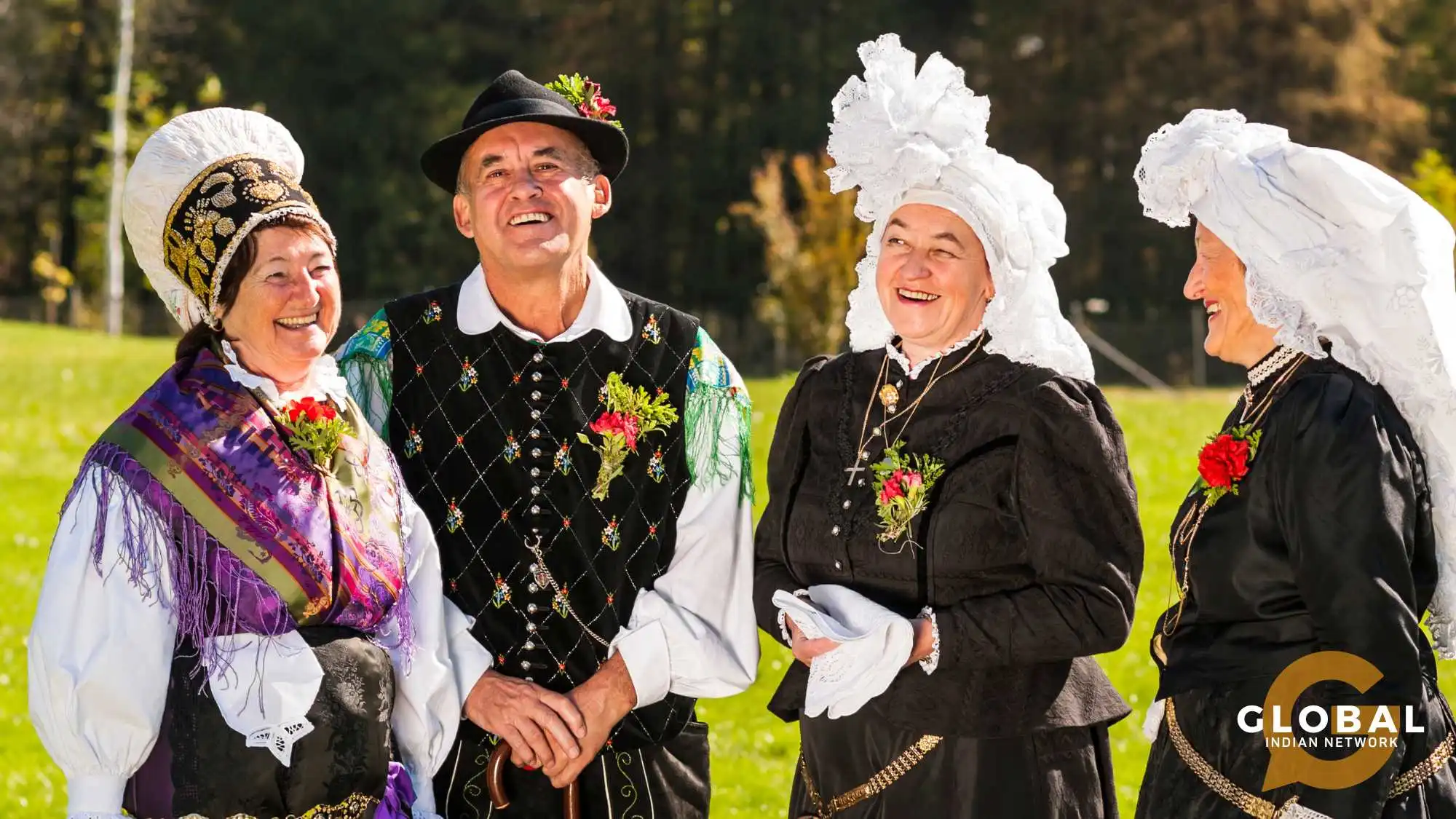
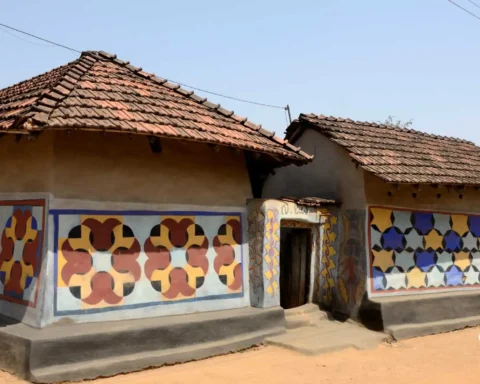
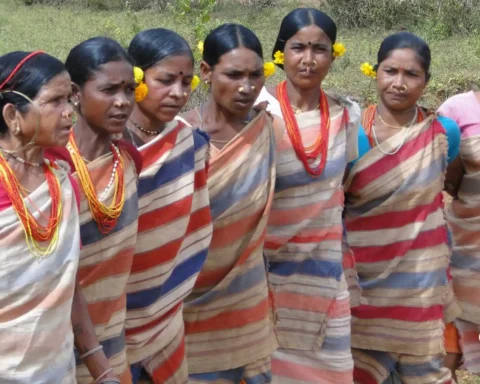
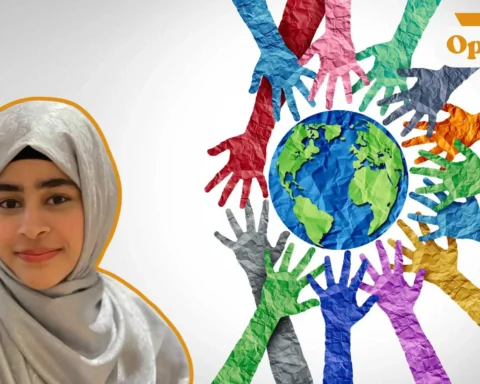
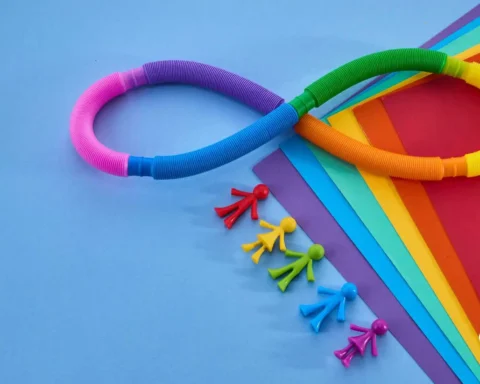
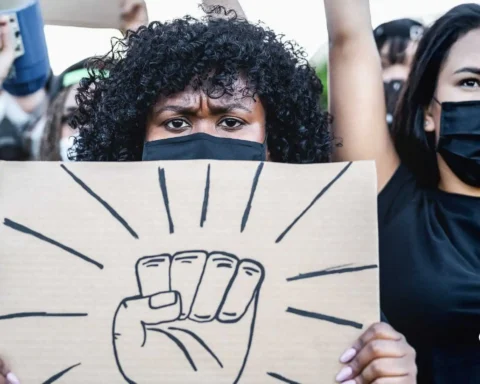

[…] Culture and tradition are the backbone of society, which leads to how society builds up following beliefs, views, and thoughts; when we talk about these things, it sums up a society in which those cultures and traditions are practised by people living in that space. […]
[…] 21 Slovenia provides a vast array of real estate properties in Slovenia and abroad, offering a comprehensive database of listings for both buyers and […]